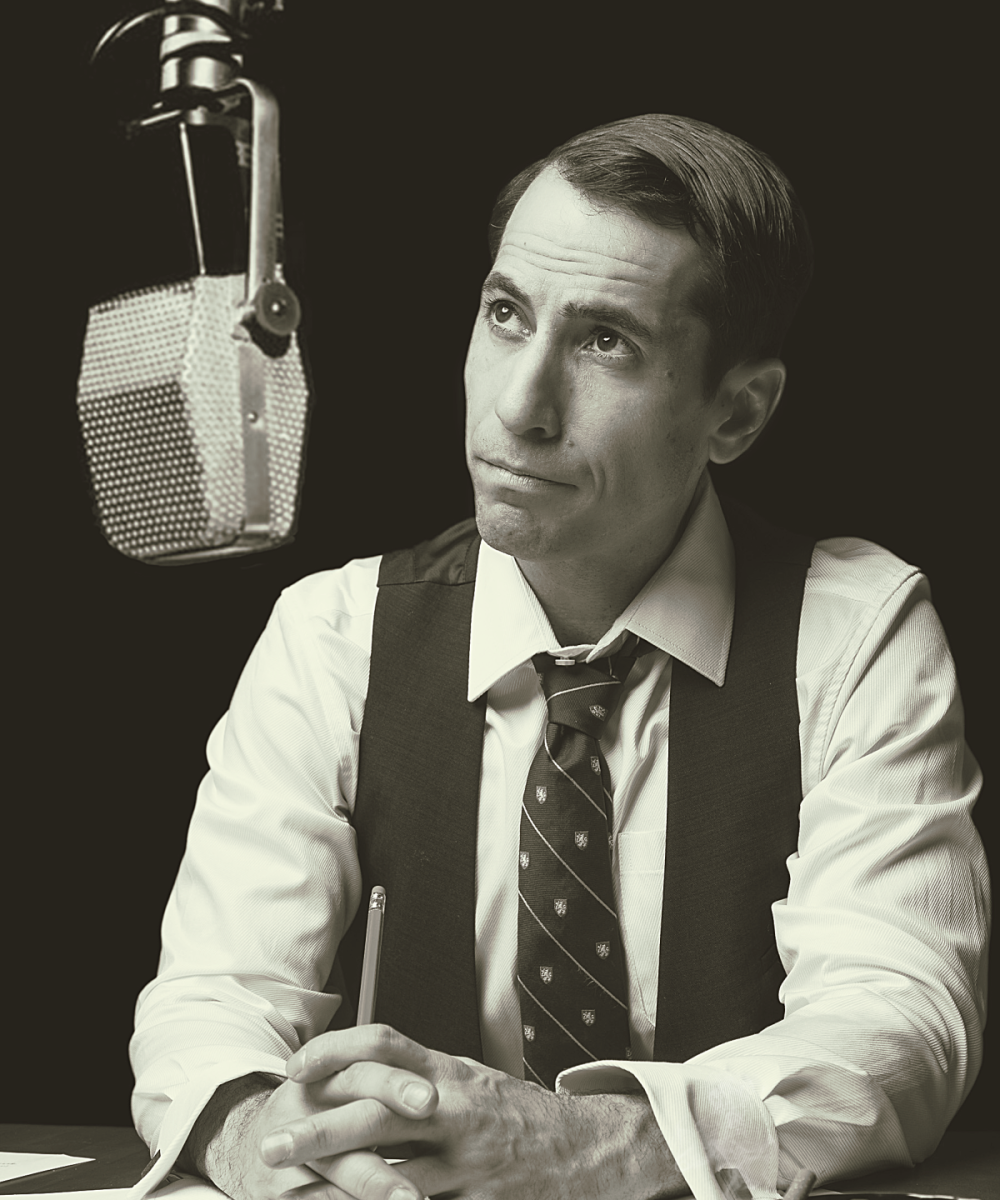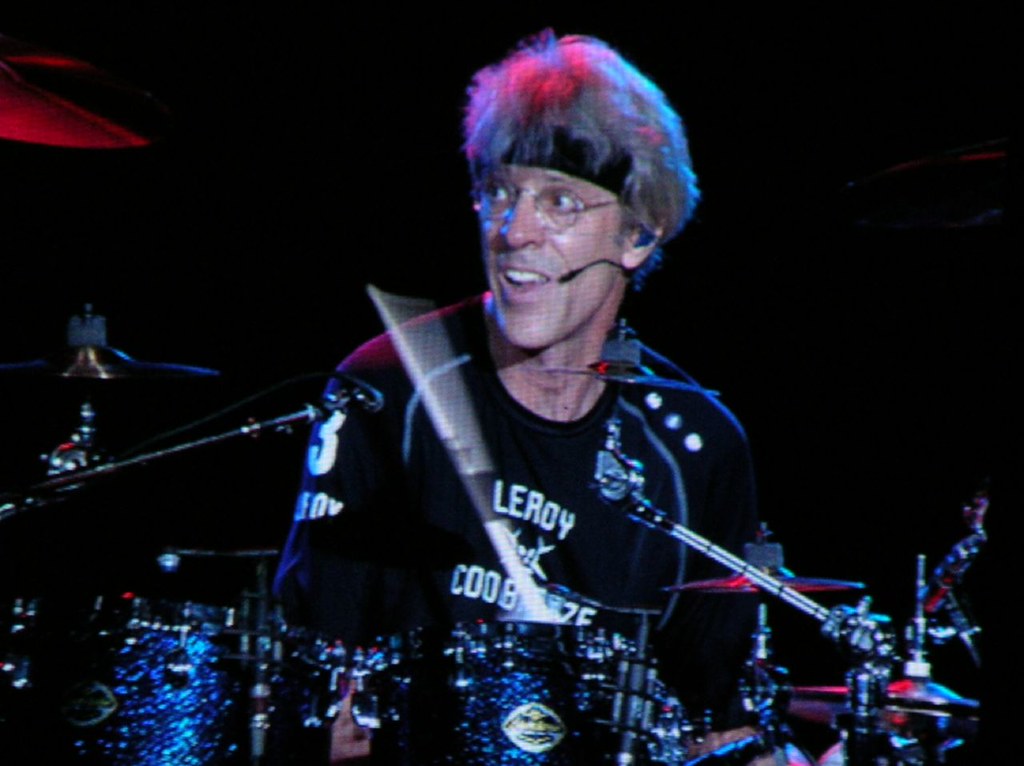Just two years after winning eight Oscars for his film “Slumdog Millionaire,” British director Danny Boyle is back on the big screen with his new emotional drama/thriller “127 Hours.” The film, which depicts the true story of Utah adventurer Aron Rolsten, follows the hiker’s struggle to stay alive after being trapped in a cave for almost five days. Boyle describes 127 Hours, “as one of the most challenging films that he has ever directed.”
In an exclusive interview with The Daily Campus, Boyle elaborates on some of the specifics behind the filming of “127 Hours,” as well as providing information regarding his future directorial conquests, which include the 2012 Summer Olympic Games.
Boyle first heard of Rolsten’s story as it was unfolding, he recalls following Rolsten’s journey through the news, from his rescue, all the way until his first press conference almost six weeks later.
“Even though I was in England during the time, I still was fascinated by Aron’s story,” said Boyle. “I knew that one day, I would like to make a film about it.”
Boyle’s ambition to make the film came to crest, when almost three years later, Aron Rolsten and Danny Boyle met to discuss how and who would make the film adaption of Rolsten’s riveting story.
“At first, Aron wanted to do a documentary with reenactments, however, I didn’t think that was the direction to go,” said Boyle. “Aron didn’t know the lengths he would have to go through to accomplish that goal.”
The two parted ways eventually, and the though of the film slowly faded away. However, after Danny Boyle’s huge success with “Slumdog Millionaire,” Rolsten revisited the idea of making a biopic, and eventually agreed to let Boyle have full artistic control.
“After slumdog, Aron really started to trust me more as a director,” said Boyle.
After being granted creative control, Boyle then started his hunt for the perfect actor to play Aron in the film. It was this hunt, that led him to the sometimes-unpredictable James Franco.
“When I first met James, he was very uninterested in our meeting, I almost thought he was high or something,” said Boyle. “The next day, his agent called me and told that that is how James always is, she said that he was testing me as a director.”
Even though the two may not have gotten off to the best start, Boyle’s view on James Franco changed when he saw the actor’s performance in Pineapple Express.
“To know that an actor has the ability to do comedy is something special,” said Boyle. “Many actors can be dramatic, but it takes a lot of skill to be comedic.”
With an actor in tow to play the movie’s lead role, Boyle started to intensely research Aron’s story. Along with reading Aron’s book, “Between a Rock and a Hard Place,” Boyle also had the opportunity to view the extremely personal tapes that Aron had filmed while trapped in the cave.
“For about a week, James, Aron, and I sat inside a hotel room and watched the tapes,” said Boyle. “They were extremely emotional, and a lot of the movie was developed from those tapes.”
Once the film and script were developed, Boyle and a crew of almost 50 people took a trip to the Utah cavern where Rolsten was stuck. Boyle and his crew spent a week filming there and then recreated the cave in a warehouse in Salt Lake City.
“We wanted our set to be exactly like the cave that Aron was trapped in,” said Boyle. “So we made the set very hard to work, it was an open set, just like the cave.”
Perhaps Rolsten’s biggest challenge while struggling to stay alive was his accessibility to water. Having only been trapped with around 500 mL of water, Rolsten resorted to extreme measures to stay hydrated.
“Water is a huge deal in this movie, it is, in a sense, it’s own character,” said Boyle. “To make that character, you have to really emphasize the importance of water. We literally, put a camera inside
To further the emphasis on water, Boyle directed the cinematographers in a different direction than most films.
“Usually in Hollywood films, the colors are very saturated to make objects look wet, rich, and vibrant,” said Boyle. “We went the opposite way, we dried our colors out and made everything look very arid.”
The highlight of Rolsten’s journey, or at least what was emphasized about his story, was Rolsten’s decision to amputate his own arm to save his life. Bolye knew the importance of this scene to the film, and was very careful to make it pleasing to both the critics and the viewers.
“We knew that if these people were going to sit through watching this man cut off his own arm, they had to emphasize with him,” said Boyle. “That was our goal. To create as much empathy for James as we could.”
Boyle constructed the scene very meticulously, and used a variety of angles and film techniques to break the scene up. However, he could never plan for what eventually happened while filming the scene.
“James was fitted with a prosthetic arm for the scene, which had a steel rod running through it,” said Boyle. “The arm’s designer came up to me while the scene was being shot and boasted that James was never going to cut through the arm.”
Even though the arm’s designer may have though the arm wasn’t going to be cut through, he was soon surprised, when James somehow managed to slice through the inch of solid steel.
“That is how good of an actor James is,” said Boyle. “He was so into the scene, that he literally cut through steel. The reaction that the audience sees in the film is completely honest, as James was just as surprised to have cut through the arm. “
Another memorable scene during the film, comes during the end, as both Aron and his wife are seen with their newly born son.
“Considering that Aron had lent the story to us as artists, it only made sense for us to hand the story back to him,” said Boyle. “Years from now, James will probably be working on another movie, I’ll be directing the Olympic games, but Aron will always be attached to this story, and will one day us this to try and explain to his son what happened to him. It only felt right to end the movie the way we did.”
“127 Hours,” open November 5thin theatres nationwide.













